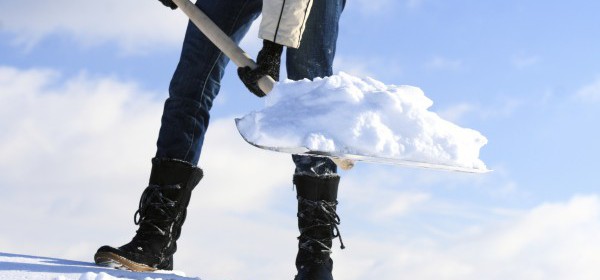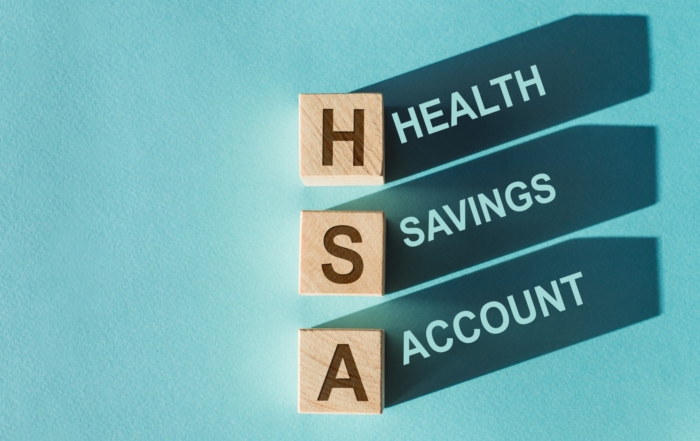NARFA Provides Accident Prevention Advice for Winter’s Most Popular Past Time: Shoveling, Snow Blowing, and Everything You Need to Know to Stay Safe
The weather outside will soon be frightful. And in some places, it already is. So, in the spirit of the winter season and in the name of accident prevention, the National Automotive, Roads, and Fuel Association (NARFA) would like to remind everyone how to stay safe in the snowy season ahead.
Walking surfaces, like sidewalks and walkways, will soon be covered with snow and ice, meaning someone, potentially you, will be charged with clearing them off. This is where employing the proper shoveling safety and snow blower safety can come in handy.
No matter if you’re at work or at home, shoveling snow can lead to injuries—some of which can be serious in nature. In fact, according to the U.S. Consumer Product Safety Commission in 2012, more than 34,200 people were treated in hospital emergency rooms, doctors’ offices, clinics and other medical settings for injuries sustained while shoveling snow, and nearly 8,000 people were injured using snow blowers.
So, in an effort to ensure you don’t become a member of this year’s set of statistics, we’ve compiled a list of the following accident prevention tips for basic shoveling and snow blower safety:
But first…consider these general precautions:
- Dress appropriately—When heading out into the elements, be sure to dress in light, layered, water-repellent clothing, which in turns provides both ventilation and insulation. It is also important to wear the appropriate head coverings, as well as mittens or gloves and thick, warm socks. Take a break if you feel yourself getting too hot or too cold.
- See what you are shoveling/snow blowing—Make sure that whatever you choose to wear on your head, be it a hat or scarf, does not block your vision. Also, be on the lookout for ice patches and uneven surfaces. Wearing shoes or boots that have slip-resistant soles is also hugely important.
- Clear the snow early and often—You’ll do your body a big favor if you begin to tackle the snow early, and continue to do so throughout the duration of a storm. Beginning when a light covering of snow is on the ground will help you avoid having to clear packed, heavy snow.
What to know about shoveling safety:
- Warm up your muscles—Because shoveling can be a vigorous activity, be sure you you warm up your muscles for 10 minutes with light exercise before beginning.
- Pace yourself—Take frequent breaks and replenish fluids to prevent dehydration. If you experience chest pain, shortness of breath or other signs of a heart attack, seek emergency care.
- Use a shovel that is comfortable for your height and strength—Do not use a shovel that is too heavy or too long for you. Consider buying a shovel that is specially designed to prevent too much stooping, so as to protect your back. Space your hands on the tool grip to increase your leverage.
- When possible, push the snow instead of lifting it—Always lift with your legs. The best way to do this is to squat with your legs apart, knees bent and back straight. Lift by straightening your legs, without bending at the waist. Then walk to where you want to dump the snow.
- Do not throw the snow over your shoulder or to the side—Doing this requires a twisting motion that stresses your back and can put you in serious pain.
What to know about snow blower safety:
- Keep hands and feet clear of snow blower—Never, ever, put your hands or feet near the blade of a snowblower. If snow becomes too impacted, stop the engine and wait at least five seconds. Use a solid object to clear wet snow or debris from the chute. Also, be aware of the recoil of the motor and blades after the machine has been turned off.
- Do not leave the snow blower unattended when it is running—As you would any piece of machinery, be sure to shut off the engine if you must walk away from the machine.
- Watch the snow blower cord—If you are operating an electric snow blower, be aware of where the power cord is at all times, so as to prevent any tripping hazards.
- Add fuel before starting the snow blower—Never add fuel when the engine is running or hot. Also, never operate the machine in an enclosed area.
- Read the instruction manual—If you’re unfamiliar with the machine and have never used it before, be sure to read the instruction manual for specific safety hazards. This will help you become acquainted with unfamiliar features, especially when attempting to repair or maintain the snow blower.
At NARFA, we want everyone to have a safe winter season, which is why we attempt to provide our members with the best accident prevention tips available. Contact us today if you or our business is interested in getting the same kind of access.
Recent Posts
IRS Guidance on Nutrition, Wellness, and General Health Expenses
The Internal Revenue Service (IRS) has recently highlighted that costs associated with nutrition, wellness, and general health do not typically qualify as reimbursable medical expenses [...]
HSAs Today and Every Day: A Triple Threat Against Rising Healthcare Costs
The healthcare landscape is constantly evolving, and in 2024, rising costs remain a top concern for both employers and employees. Fortunately, Health Savings Accounts (HSAs) [...]
April Showers Don’t Cause Accidents (Distracted Driving Does): Stay Safe on the Road This Month (and Every Month)
Spring is here, and with it comes April's designation as Distracted Driving Awareness Month. While the changing seasons and blooming flowers might tempt you to [...]




